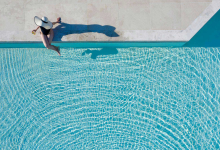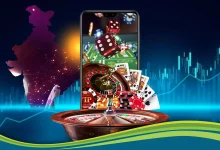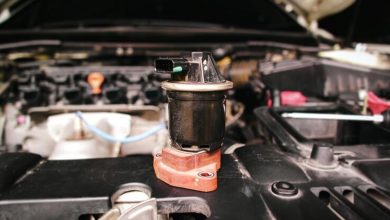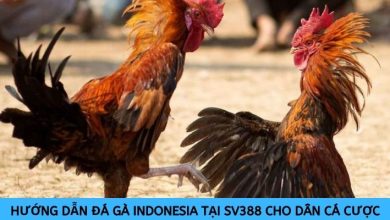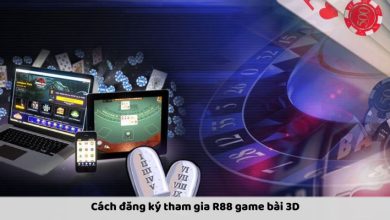The History of AI Anime Generators
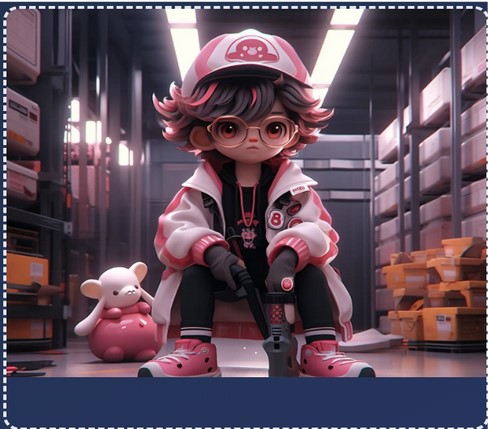
Artificial intelligence (AI) has revolutionized many fields, including art and animation. One of the fascinating applications of AI is the creation of anime through AI anime generators. These tools have evolved rapidly over the years, transforming the way we create and enjoy anime.
This blog post will explore the history of AI anime generators, highlighting their development, impact, and future potential.
Early Beginnings
The journey of AI in art began with basic machine learning algorithms capable of recognizing patterns in data. In the early 2000s, researchers started experimenting with neural networks to create simple images. These early attempts were rudimentary and lacked the sophistication seen in today’s AI-generated art.
The Rise of Neural Networks
As technology advanced, so did the complexity of neural networks. By the mid-2010s, deep learning algorithms became more prevalent. These algorithms could analyze and learn from vast amounts of data, making them ideal for image and pattern recognition tasks.
One significant breakthrough in AI art was the development of Generative Adversarial Networks (GANs) in 2014. GANs consist of two parts: a generator that creates images and a discriminator that evaluates them.
This dynamic allowed AI to improve its output continually, producing more realistic and high-quality images. GANs played a crucial role in the development of AI anime generators, providing the foundation for creating detailed and stylistic anime art.
Early AI Anime Generators
The first AI anime generators were relatively simple. They could create basic characters and backgrounds but lacked the ability to produce complex scenes or detailed features. Despite their limitations, these early tools demonstrated the potential of AI in anime creation, sparking interest and further research in the field.
Advancements in AI Anime Generation
As AI technology progressed, so did the capabilities of AI anime generators. By the late 2010s, these tools could create more sophisticated and detailed anime characters. Advances in deep learning and neural networks allowed AI to generate images that closely resembled traditional hand-drawn anime.
Researchers also began incorporating user input and customization options, enabling artists to adjust various parameters such as hair color, clothing, and poses. This customization made the generated art more personalized and unique, appealing to a broader audience.
Integration with Creative Tools
Around this time, AI anime generators started integrating with other creative tools, making them more accessible to artists and animators. This integration allowed for a more seamless workflow, where AI-generated elements could be easily incorporated into larger projects. Artists could now use AI to handle repetitive tasks, freeing up time for more creative endeavors.
Impact on the Anime Industry
The rise of AI anime generators had a significant impact on the anime industry. These tools increased efficiency and reduced the time required to produce high-quality animation. Small studios and independent creators benefited the most, as AI generators provided an affordable way to produce professional-grade art.
Furthermore, AI anime generators democratized anime creation. Individuals without traditional drawing skills could now create impressive anime art, opening up new opportunities for creativity and expression.
Current State and Future Prospects
Today, AI anime generators are more advanced than ever. They can create highly detailed and realistic anime characters and scenes. The technology continues to improve, with ongoing research focused on enhancing the quality and capabilities of these tools.
Looking to the future, AI anime generators hold immense potential. They could lead to real-time animation, where characters and scenes are generated instantaneously based on user input. This innovation would revolutionize how animation is produced and consumed, making it more interactive and immersive.
Moreover, AI-generated anime could play a key role in interactive storytelling and virtual reality, creating personalized experiences for users. As AI technology continues to evolve, we can expect even more sophisticated and versatile tools, pushing the boundaries of creativity and art.
Challenges and Considerations
Despite the advancements, AI anime generators face several challenges. Ethical and legal issues surrounding the use of existing artworks to train AI models need to be addressed. There is also a concern about the potential loss of traditional artistic skills as artists rely more on AI tools.
Ensuring that AI-generated art maintains the depth and originality of human-created work is another challenge. Critics argue that true art requires human intuition and emotional depth, which AI cannot replicate.
Conclusion
The history of AI anime generators is a testament to the rapid advancement of technology and its impact on art and animation. From humble beginnings to sophisticated tools capable of creating detailed and realistic anime, AI has transformed the way we create and enjoy anime.
As technology continues to evolve, AI anime generators will play an increasingly important role in the future of animation, bridging the gap between technology and art, and opening up new possibilities for creativity and expression.

